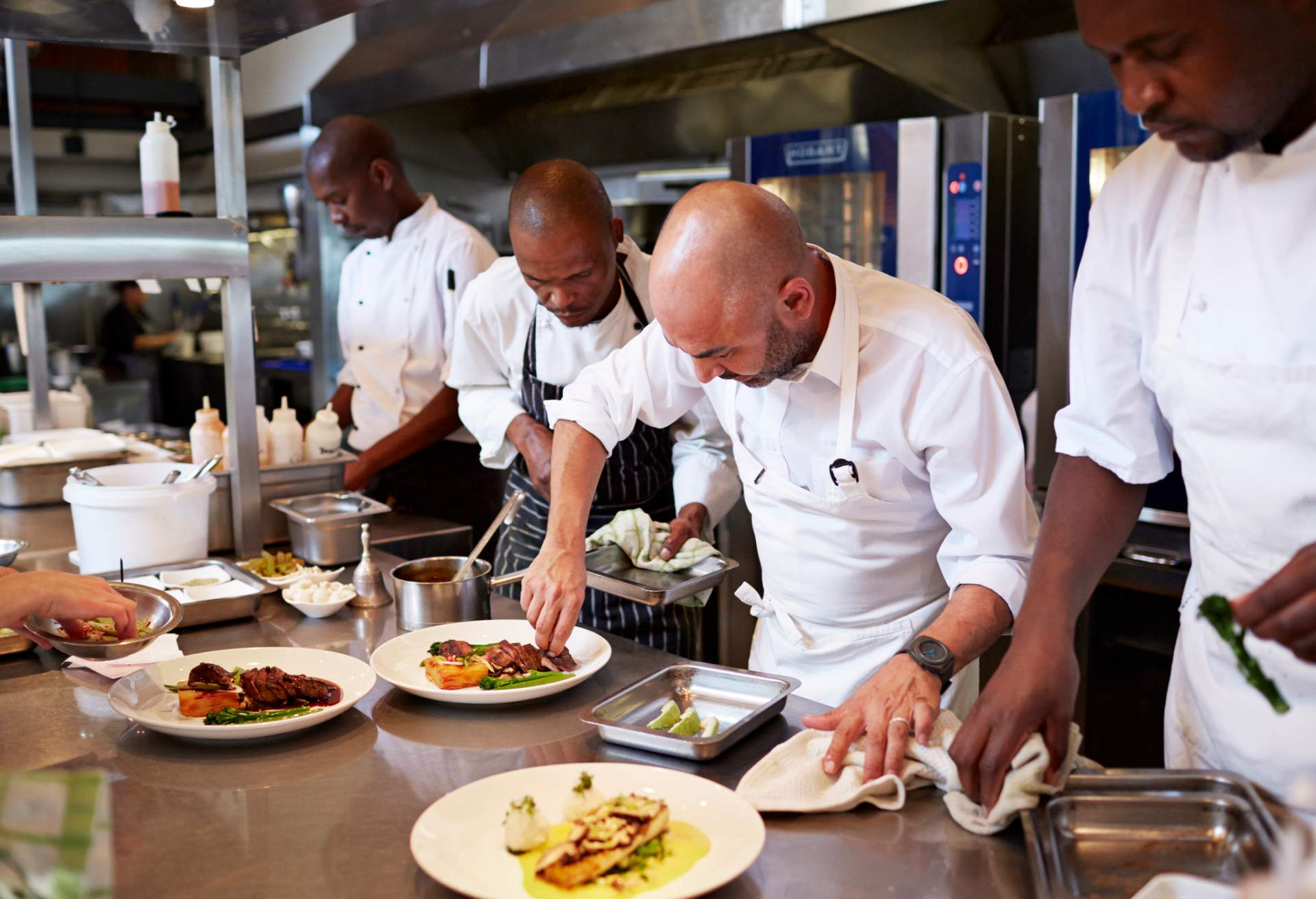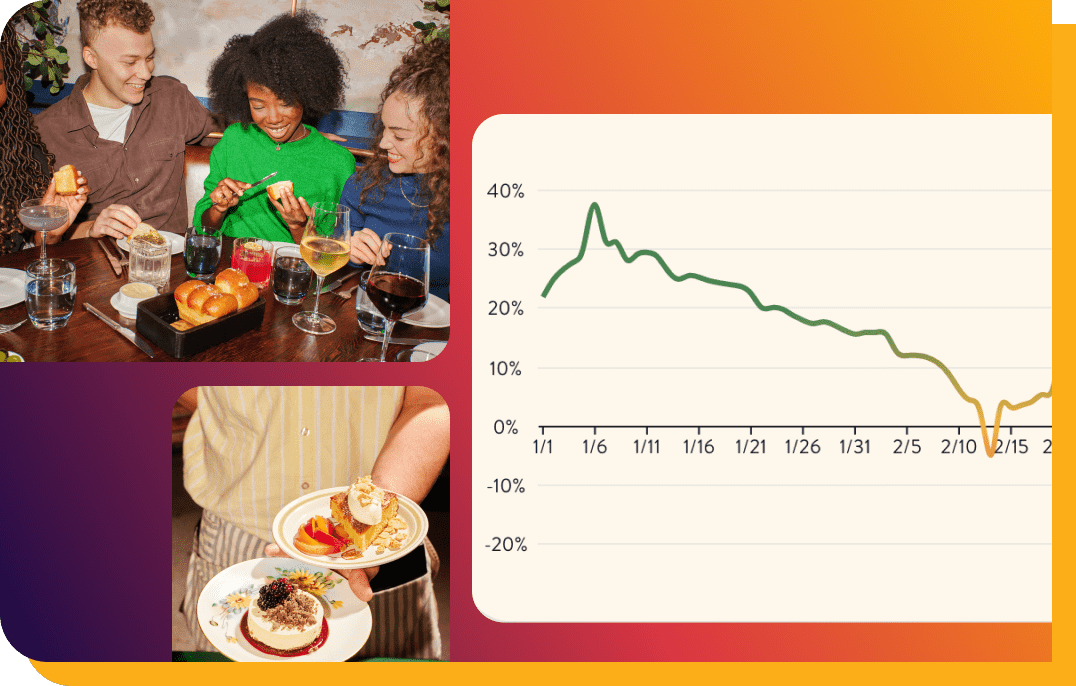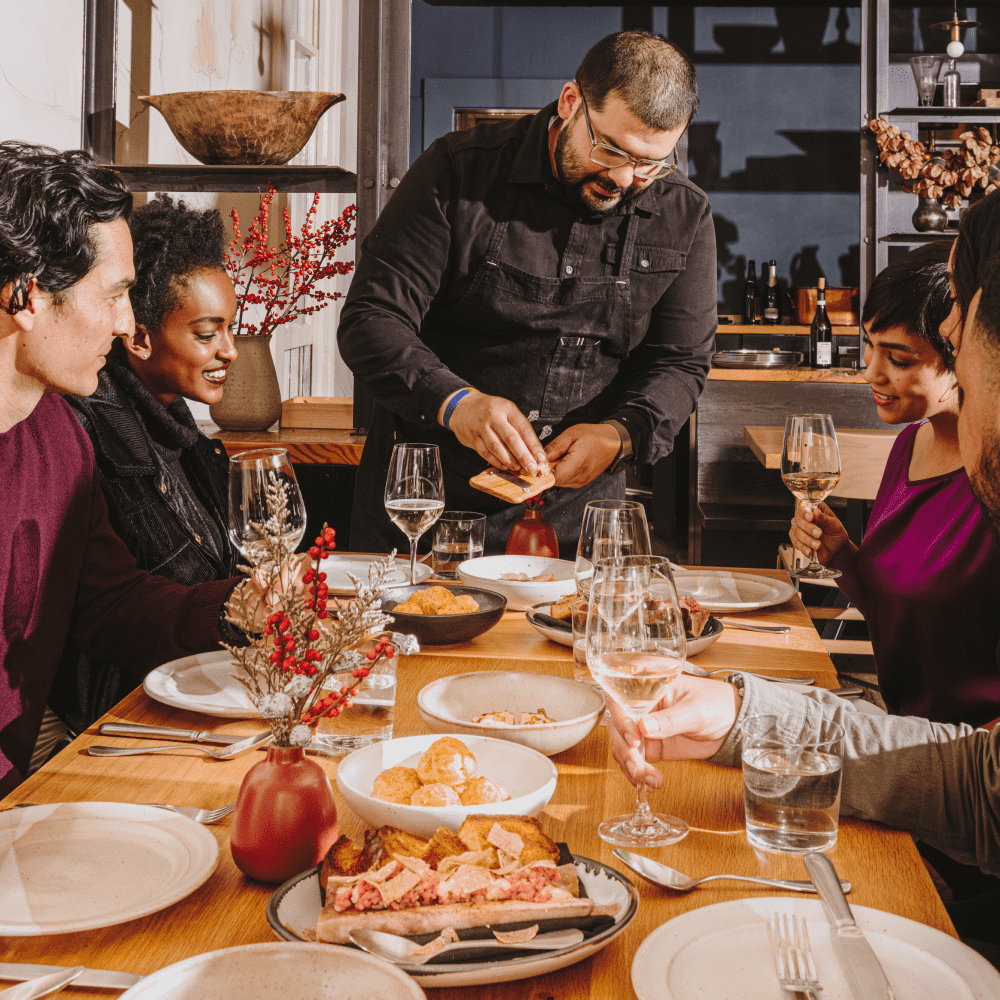The names of farms, ranches, and cheesemakers are spelled out on menus with pride. Now, some restaurants are giving people the same acknowledgment, printing the names of kitchen staffers on the menu like a culinary byline.
Earlier this year, chef Amanda Cohen caused a stir when she began crediting her cooks with specific menu items they helped create at her New York City restaurant, Dirt Candy. Beneath one dish, the words “created by Rachel Bossett, pastry chef” were printed.
Eater published a major feature documenting the shift at Dirt Candy. This simple act of acknowledgement rippled through the media because, historically, head chefs rarely share the credit.
A longstanding issue
The question of when and how to credit cooks for their contributions isn’t exactly new. The Austin Chronicle explored this issue 20 years ago. In his 2012 memoir Life, on the Line, Grant Achatz wrote about conceiving dishes for the menu at Thomas Keller’s Per Se restaurant, pointing out that he neither got nor expected credit. A 2013 article in OnMilwaukee magazine noted that “[sous chefs] seldom get credit for dishes they’ve created that make it onto a restaurant menu.”
In 2020, Layla Schlack stated plainly in her Washington Post essay what had so often been implied: “Restaurateurs should start naming and identifying the many creative and collaborative players — from line cooks to rising star sous chefs — who engineer the dishes that make their dining rooms so popular.”
If Cohen’s decision is any indication, some restaurateurs are acting on that advice.
A trend on the rise
The attention surrounding Dirty Candy’s introduction of these menu credits in April has been recent, but this trend of crediting sous chefs and line cooks in some way has been gaining momentum for a while. Some restaurants have been printing the names of the kitchen team members front and center on their menus for years.
Californios in San Francisco lists more than 30 names on its menu and includes the whole restaurant staff, not just the cooks and chefs. Californios owner Val Cantu told the San Francisco Chronicle, “I want other people to feel recognized, to feel seen.”
Today, new restaurants often launch with the names of cooks printed on the menu. At Hags in New York City, some dishes bear their creator’s name. A recent menu featured “Lo’s Homo Salad.” This recognition and spotlight on the team may soon become as standard as the farm and purveyor names that have been menu staples for decades.
Why you may want to credit the team
Even if you’ve never acknowledged cooks in writing on the menu in the past, it’s worth taking a fresh look at the possibility. The current labor shortage means anything you can do to attract and retain talent is probably worth a try.
For some restaurant employees, the validation of seeing their name on the menu may make them more engaged at work and less likely to jump to another restaurant. “To be important in a team is really a good feeling,” says Sophie Hau, a chef at Californios, according to the San Francisco Chronicle.
It may mean something to guests as well. More than two-thirds of Gen Z prefer businesses they perceive as socially responsible, according to FSR magazine. Sharing credit more widely is likely to strike this group as ethical and socially conscious.
Depending on your kitchen dynamics, giving credit to team members may be a way to increase morale at no cost. It can also signal to your guests that you’re tuned into the cultural zeitgeist.
It might not work for all restaurants
This approach works well for many restaurants, but no strategy is one size fits all. If your staff turns over quicker than you’d like or the menu changes daily, menu crediting may not be practical. If a single marquee chef runs the kitchen, creating each and every dish on their own, crediting others doesn’t make sense. The practice might not fit with the company culture you’ve created for any number of reasons.
Remember, the conversation around ownership and credit of menu dishes is nuanced. It’s important to keep in mind that recipes aren’t intellectual property like other works of art. A chef can’t copyright a list of ingredients or a way of combining them. Only the “substantial literary expression” of a recipe can become intellectual property. In a legal sense, menu items resist true ownership.
All chefs and cooks draw from countless influences, and not all of them are conscious. For better or worse, the building blocks of cuisine (biscuits, bechamel, tomato sauce) are unattributable community property. Still, though never required, giving credit where credit is due might benefit a restaurant and those who work there.




